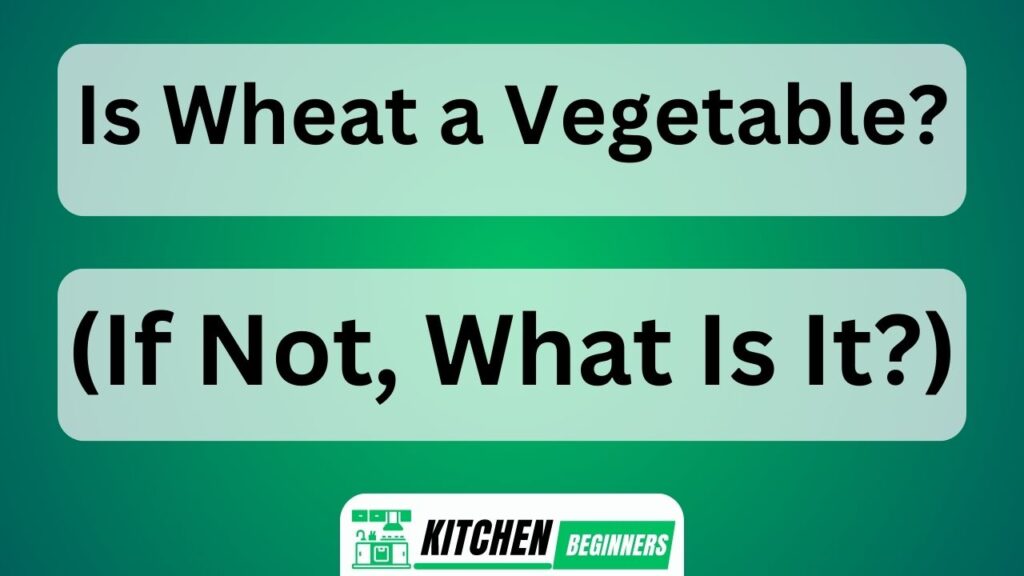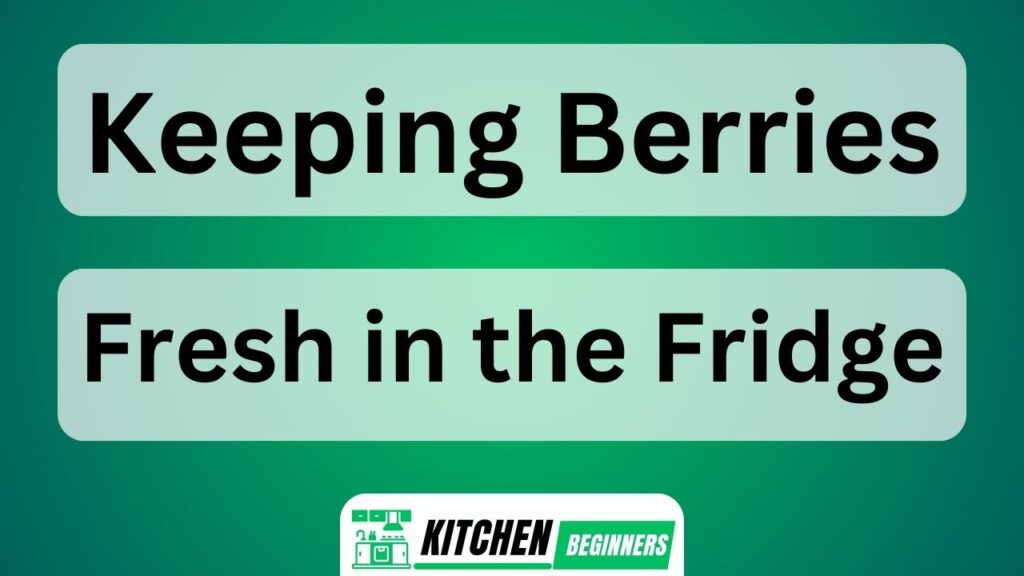Have you ever wondered if wheat is a vegetable? Well, we certainly did. In fact, our curiosity led us to dive deep into the world of wheat and its classification.
In this article, we will explore the nutritional profile of wheat, its botanical identity, and its role in the food industry. We’ll also debunk common misconceptions about wheat and discuss alternative uses for this versatile grain.
So get ready to have your questions answered as we uncover the truth behind whether or not wheat can be classified as a vegetable.
Key Takeaways Is Wheat a Vegetable? If Not, What Is It
- Wheat is classified as a cereal grain, not a vegetable.
- Wheat belongs to the Triticum genus and has several different types used for different purposes in baking and cooking.
- Whole wheat is calorie-dense and provides protein, carbohydrates, and dietary fiber, as well as essential vitamins and minerals.
- Wheat cultivation has had a significant impact on human civilization due to its high productivity and nutritional value.
The Classification of Wheat
Wheat is classified as a cereal grain, not a vegetable. It belongs to the Triticum genus and is widely grown for its edible seeds.
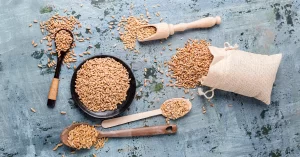
There are several different types of wheat, each with its own unique characteristics and uses. The most common types include hard red wheat, soft red wheat, hard white wheat, soft white wheat, durum wheat, and spelt.
Hard red wheat has a higher protein content and is often used for making bread. Soft red wheat is commonly used in pastries and cakes due to its lower gluten content.
Hard white wheat has a milder flavor and is often used in whole-wheat flour products. Soft white wheat is typically used for making pancakes and pastries.
Durum wheat has a high gluten content which makes it ideal for pasta production. Spelt is an ancient variety of wheat that has gained popularity due to its nutty flavor and nutritional benefits.
Nutritional Profile of Wheat
Whole wheat is a good source of dietary fiber and contains essential nutrients. It provides numerous nutritional benefits that can have positive health implications. Let’s take a closer look at the nutritional profile of whole wheat:
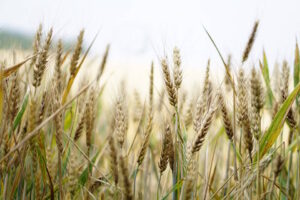
| Nutrient | Amount per 100g | Daily Value (%) |
|---|---|---|
| Calories | 340 | 17% |
| Protein | 13g | 26% |
| Carbohydrates | 72g | 24% |
| Fiber | 10g | 40% |
As shown in the table, whole wheat is calorie-dense and provides a substantial amount of protein and carbohydrates. Additionally, it is an excellent source of dietary fiber, meeting almost half of our daily value needs. Fiber aids in digestion, helps maintain bowel regularity, and may reduce the risk of certain chronic diseases such as heart disease and type 2 diabetes.
Moreover, whole wheat contains essential vitamins and minerals like vitamin B6, magnesium, zinc, and iron. These nutrients play crucial roles in various bodily functions such as metabolism, immune system support, and oxygen transport.
Wheat and Its Botanical Identity
To better understand the botanical identity of this grain, you might want to explore its classification within the Poaceae family. Wheat, scientifically known as Triticum aestivum, is a cereal grain that belongs to the grass family.
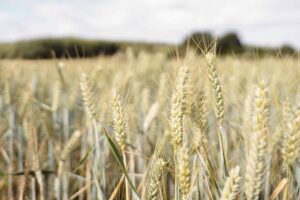
Here are some interesting facts about wheat’s botanical identity:
- Family: Wheat belongs to the Poaceae family, commonly referred to as the grass family.
- Genus: It falls under the genus Triticum, which includes other important cereal crops like barley and rye.
- Species: The specific species of wheat we commonly consume is Triticum aestivum or common wheat.
- Impact on the Environment: Wheat cultivation has had a significant impact on human civilization throughout history due to its high productivity and nutritional value.
Understanding wheat’s botanical identity helps us appreciate its historical significance and its role in shaping our diets and agricultural practices today. Additionally, it highlights the environmental implications of growing this crucial crop.
Wheat’s Role in the Food Industry
If you’re interested in the food industry, you’ll be fascinated to learn about the various uses of this versatile grain. Wheat is a staple crop that plays a crucial role in our daily lives, both economically and environmentally. Let’s take a closer look at its impact.
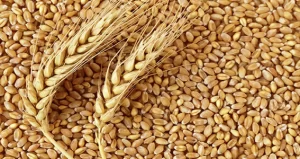
| Economic Impact | Environmental Impact |
|---|---|
| Provides income for farmers | Requires large amounts of water and fertilizers |
| Supports food processing industries | Contributes to deforestation for cultivation |
| Exports contribute to national GDP | Soil erosion due to intensive farming practices |
Wheat has a significant economic impact as it provides income for farmers and supports food processing industries. Its exports also contribute to the national GDP. However, its environmental impact cannot be ignored. Wheat cultivation requires large amounts of water and fertilizers, leading to potential water scarcity issues and pollution from chemical runoff. Additionally, the demand for wheat contributes to deforestation as more land is cleared for cultivation purposes. Intensive farming practices also result in soil erosion.
With this understanding of wheat’s economic and environmental impact, let’s now explore some common misconceptions about this grain.
Common Misconceptions About Wheat
Did you know that there are several common misconceptions about wheat that you may have heard? Let’s set the record straight and uncover the truth behind this misunderstood grain. Here are four key points to help clarify any confusion:
- Wheat is not a vegetable: Contrary to popular belief, wheat is not a vegetable but a cereal grain. It belongs to the grass family and is primarily grown for its edible seeds.
- Gluten intolerance does not apply to everyone: While some individuals have gluten sensitivities or celiac disease, most people can safely consume wheat without adverse effects.
- Whole wheat offers numerous health benefits: Whole wheat products contain all three parts of the grain – bran, germ, and endosperm – making them rich in fiber, vitamins, minerals, and antioxidants.
- Moderation is key: Like any food, consuming excessive amounts of wheat-based products can contribute to weight gain or other health issues. Enjoying it as part of a balanced diet is crucial.
Understanding these facts will help you make informed choices about incorporating wheat into your diet while reaping its many health benefits.
Alternative Uses for Wheat
There’s a multitude of alternative uses for wheat that extend beyond its traditional role as a staple food.
One such use is as animal feed. Wheat has long been utilized in livestock diets due to its high nutritional value. It provides essential nutrients like carbohydrates, proteins, and vitamins to support the growth and development of animals.
Additionally, wheat can be found in various beauty products. Its natural properties make it an excellent ingredient for skincare and haircare products. Wheat germ oil, for example, is rich in antioxidants and fatty acids that help moisturize the skin and promote cell regeneration. Furthermore, wheat protein is often used in shampoos and conditioners to strengthen hair strands and add volume.
These alternative applications highlight the versatility of wheat beyond its traditional consumption as a food source.
Frequently Asked Questions
Can Wheat Be Considered a Vegetable?
Wheat cannot be considered a vegetable as it is a type of grain. While it does have nutritional value, such as being a good source of fiber and certain minerals, it is not classified as a vegetable.
What Are the Different Types of Wheat?
There are different types of wheat, such as hard red, soft white, and durum. Each type has unique nutritional benefits, like being a good source of fiber and essential minerals.
How Does Wheat Contribute to the Global Food Supply?
Wheat plays a crucial role in global agriculture and contributes significantly to the global food supply. It is a staple crop for many countries, providing essential nutrients and calories to billions of people worldwide.
Is Wheat Gluten-Free?
Wheat is not a vegetable. It is a grain. However, it is not safe for people with celiac disease as it contains gluten. Some gluten-free alternatives to wheat include rice, quinoa, and corn.
What Are Some Alternative Uses for Wheat Besides Food?
Alternative uses for wheat include its use in non-food products. Wheat can be processed to make flour, which is then used to make bread, pastries, and other baked goods. Additionally, wheat straw can be used for animal bedding or as a raw material in the production of paper.
Conclusion
In conclusion, wheat is not a vegetable but a cereal grain. It belongs to the grass family and is cultivated for its edible seeds.
Wheat has been a staple food for centuries and provides essential nutrients like carbohydrates, protein, fiber, vitamins, and minerals. Its versatility makes it a crucial ingredient in various food products such as bread, pasta, and baked goods.
Despite some misconceptions about wheat causing health issues, it can be enjoyed in moderation as part of a balanced diet.
So next time you see those golden fields of wheat swaying in the breeze, remember the immense nutritional value they hold!
